Companies Practising Good Forestry on Nisga’a Land, says Audit
VICTORIA – The second round of Forest Practices Board audits on Nisga’a lands found forest planning and practices complied in all significant respects with the Forest Practices Code and the Nisga’a Final Agreement.
The audit examined the forestry activities of Skeena Cellulose Inc., West Fraser Mills Ltd., the Sim Gan Forest Corp., the Kalum forest district’s small business forest enterprise program and the Kalum forest district manager, on lands being transferred to the Nisga’a people. These audits fall under Chapter 5, Section 55 of the Nisga’a Final Agreement, which requires the board to perform annual audits of forest agreements and licences for compliance with the Forest Practices Code and the Nisga’a agreement during a five-year transition period ending May 10, 2005.
The Nisga’a lands are in and around the Nass Valley, about 100 kilometres northwest of Terrace, and cover about 2,000 square kilometres.
The board reports a high level of performance for all of those who were audited. “We’d particularly like to commend Skeena and Sim Gan for their efforts to address problems identified in our previous audit on Nisga’a lands,” said board chair Bill Cafferata.
Since the 2001 audit, Skeena has amended its silviculture prescriptions to meet code standards. The auditors closely examined Skeena’s planning and practices around streams, and identified strong performance in this area.
Sim Gan has improved its road maintenance and bridge inspection activities by preparing a road and bridge maintenance ledger, conducting site-specific assessments of drainage structures and performing road maintenance activities.
The audit examined operational planning; harvesting; construction, maintenance and deactivation of roads; silviculture and fire-preparedness activities carried out between July 2001 and August 2002.
The audit also examined the Kalum forest district manager’s responsibilities for forest health, forest service road maintenance and reforestation obligations for backlog areas.
This was the second of five annual audits. In addition to compliance, future board audits on Nisga’a lands will address emerging issues, such as the increasing incidence of dothistroma needle blight—a disease that could have serious forest health and economic impacts — and the status of old roads that are required to be deactivated.
The Nisga’a Agreement requires the board to conduct annual audits of the appropriateness of government enforcement on Nisga’a lands during the transition period. The board audited government’s enforcement on Nisga’a lands in 2001 and will audit a two-year period of enforcement in 2003.
The Forest Practices Board is an independent public watchdog, established in 1995, that publishes reports about compliance with the Forest Practices Code and the achievement of its intent. The board’s main roles under the Forest Practices Code are:
-30-
Nicky Cain
Communications
Forest Practices Board
Phone: 250 952-6965
1 800 994-5899
